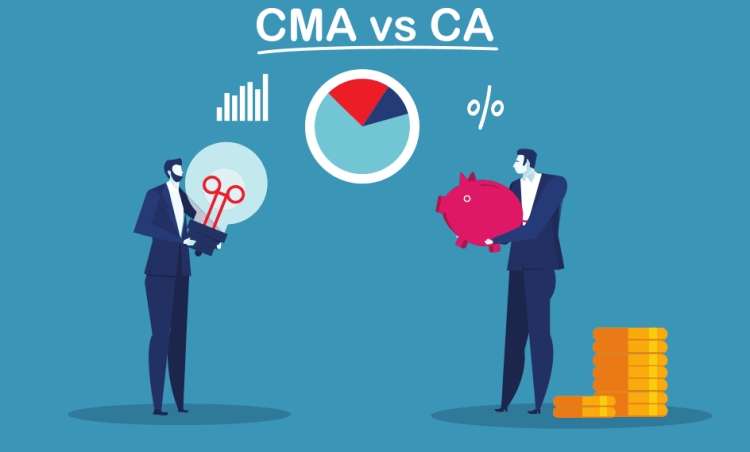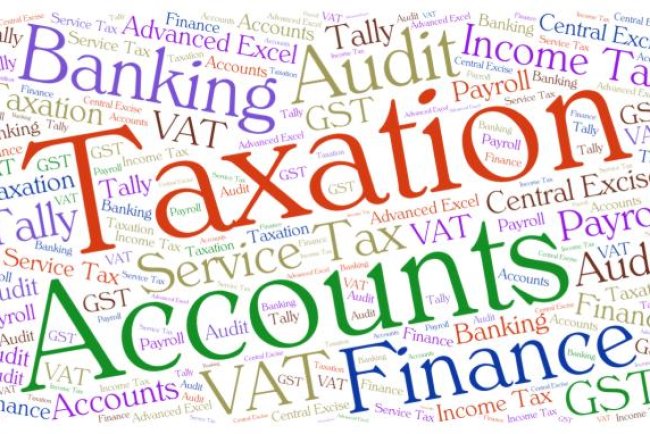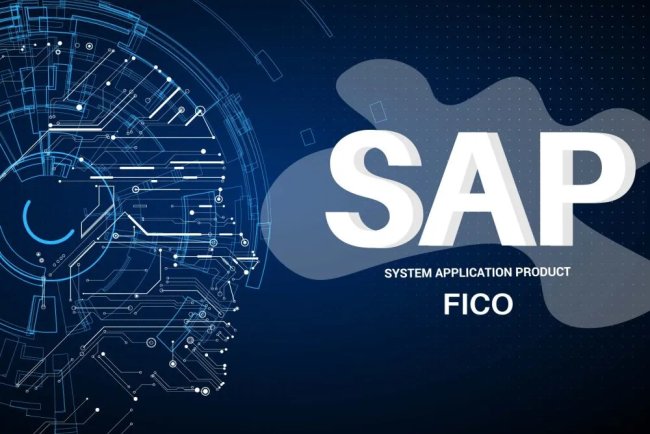CA vs CMA: career Scope, salary & role comparison
CA (Chartered Accountant) and CMA (Cost and Management Accountant) are prestigious accounting professions in India, but they serve unique roles. A CA specializes in auditing, taxation, economic reporting, and accounting standards, making them essential for statutory compliance and financial audits. alternatively, a CMA focuses on cost control, budgeting, economic planning, and internal management accounting, helping businesses improve cost efficiency and profitability. CA is ruled by the ICAI (Institute of Chartered Accountants of India), whilst CMA is regulated via the ICMAI (Institute of cost Accountants of India). CA gives broader career alternatives in auditing, consultancy, and taxation, whereas CMA is ideal for roles in manufacturing, pricing strategy, and internal finance. Each is valuable, and the choice depends on your career goals—compliance-focused (CA) or management-oriented (CMA).

Deciding on the proper career in finance and accounting is key to long-term fulfillment. The two top alternatives are Chartered Accountant (CA) and Cost Accountant (CMA). Both play vital roles, but they differ in scope, specialization, and job opportunities.
If you're a student or working professional making plans to go into this field, it is essential to recognize the differences between CA and CMA. Whether you're considering a Taxation path or an Accounting course, knowing your career goal will assist you select the right course.
Who's a Chartered Accountant?
A Chartered Accountant is a certified accounting expert who specializes in auditing, taxation, monetary reporting, and advisory offerings. In India, the Institute of Chartered Accountants of India (ICAI) governs the CA profession. Chartered Accountants are considered monetary strategists and are frequently responsible for deciphering complex financial facts and guiding business enterprise decisions.
Career Path of a Chartered Accountant
The journey to becoming a Chartered Accountant includes:
1. Foundation course (CA basis)
2. Intermediate course (CA Inter)
3. Articleship education (3 years of practical experience)
4. Final course
5. Membership with ICAI
As soon as certified, CAs can discover a variety of career paths:
- Audit and guarantee: operating with audit firms or as internal auditors.
- Taxation: specializing in direct and indirect taxes, such as GST.
- Finance and Treasury control: Roles in corporate finance and investment planning.
- Consultancy: Advising businesses on strategy, risk control, and compliance.
- Government services: working with regulatory bodies, PSUs, or as civil servants.
The CA qualification opens doors globally, with call for in countries like the uk, UAE, Canada, and Australia. A CA with publicity to a GST or a Taxation course frequently has an added edge in corporate or consulting environments.
Who is a cost Accountant?
A price Accountant, or Cost and Management Accountant (CMA), is a expert in fee manipulate, budgeting, and performance evaluation. The Institute of cost Accountants of India (ICMAI) governs this profession in India. fee Accountants in most cases focus on internal financial processes to improve operational performance and profitability.
Career route of a cost Accountant
The CMA journey consists of:
1. Foundation course
2. Intermediate direction
3. Practical training (15 months)
4. Final course
5. Membership with ICMAI
Cost Accountants are integral to internal decision-making processes and often pursue careers in:
- Costing and Budgeting: Optimizing production and operational charges.
- Financial analysis: Forecasting and analyzing financial performance.
- Internal Audits: Evaluating company processes and internal controls.
- Control Accounting: Supplying insights for business strategy and planning.
- Compliance Roles: Making sure adherence to regulations, inclusive of GST compliance.
With India's growing manufacturing and service sectors, the career route of a cost Accountant offers sturdy opportunities in industries like FMCG, healthcare, engineering, and logistics.
Chartered Accountant vs Cost Accountant – Key variations
| criteria | Chartered Accountant (CA) | cost Accountant (CMA) |
|----------------------------------|----------------------------------------------------------------------|------------------------------------------------------------------------|
| Governing body | ICAI | ICMAI |
| number one focus | Auditing, taxation, finance, and advisory | Cost Control, Budgeting, and Control Accounting |
| Training duration | 3+ years | Approx. 2 years + training |
| Activity Roles | Auditor, Tax consultant, CFO, Finance manager | cost Analyst, budget manager, internal Auditor |
| Global recognition | High | Moderate |
| Industry call for | excessive in audit, finance, and consulting | High in Manufacturing, production, and operations |
| Starting profits (India) | ₹7-10 LPA (varies by function and place) | ₹5-8 LPA (depending on enterprise and role) |
| Integration with GST | Regularly Manages GST Audits and Consultancy | Plays a key role in GST value evaluation and compliance |
Choosing the right path: CA or CMA?
Both professions are rewarding, but the choice depends on your interests and long-term goals.
Pick out CA if you are interested in monetary method, taxation, auditing, and aspire to leadership roles within the finance zone or dream of starting your own CA practice.
Select CMA in case you enjoy analytics, cost manipulation, internal systems, and a desire to paintings in production or service-based industries that specialize in improving operational performance.
Candidates with strong accounting fundamentals can also consider supplementing their qualification with a course in Accounting, specifically one focused on company finance or IFRS.
Industry Demand & Future Scope
In today’s enterprise environment, monetary transparency, compliance, and cost-performance are the pinnacle priorities. consequently:
- CAs are increasingly in demand in company governance, tax planning, and global accounting.
- CMAs are vital for commercial enterprise fee optimization, budgeting, and internal audits.
With increasing government regulations and the shift towards digitization of accounts (such as e-invoicing and GST e-submitting), each profession is more relevant than ever.
Furthermore, companies value professionals who integrate core qualifications (like CA or CMA) with sensible education via an Accounting or GST Course.
Final Thoughts
The professional direction of a Chartered Accountant vs a cost Accountant is not a matter of higher or worse, however, alternatively a matter of in shape. While the CA route is globally identified with a focal point on outside financial features, the CMA path is vital for internal financial performance and long-term planning.
What's Your Reaction?
















